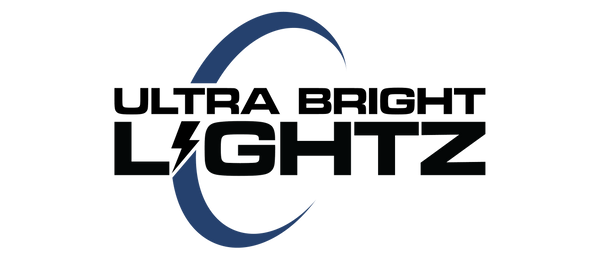Emergency Vehicle Light Colors in Maine
Maine law, under Title 29-A §2054, strictly regulates the use of colored lights on vehicles. Only specific vehicles are authorized to display certain light colors, and misuse can result in legal penalties.
Police Vehicles
- Blue Lights: Mandatory for all police vehicles.
- Red Lights: Permitted but must not exceed half of the total emergency lights on the vehicle.
- White Lights: Can be used in combination with blue lights.
- Flashing Devices: Police vehicles may be equipped with devices that allow alternate flashing of brake lights, rear directional lights, and back-up lights. Strobe lights behind rear brake lenses are also permitted.
Fire Department Vehicles
- Red or Red/White Lights: Required for all fire department vehicles.
- Blue Lights: One blue light may be mounted facing the rear to alert traffic approaching from behind.
Ambulances and EMS Vehicles
- Red or Red/White Lights: Standard for ambulances and EMS vehicles.
- Blue Lights: One blue light may be mounted facing the rear.
Volunteer Firefighters and EMS Personnel
- Red or Red/White Auxiliary Lights: Authorized personnel may use one or two flashing auxiliary lights mounted on the dashboard, windshield, or front bumper. An additional red auxiliary light may be mounted in the rear window area.
- Usage Restrictions: These lights may only be activated when responding to or at the scene of an emergency. They must not obstruct the driver’s view and can be revoked by the fire chief at any time.
Tow Trucks and Utility Vehicles
- Amber Lights: Tow trucks must be equipped with a flashing amber light mounted on top of the vehicle, providing 360-degree visibility. These lights must be activated when the vehicle is operating on public roadways or areas where public traffic is expected.
Construction and Maintenance Vehicles
- Amber Lights: Vehicles engaged in highway maintenance or emergency rescue operations may be equipped with amber auxiliary lights. These lights should be activated when the vehicle is creating a potential traffic hazard.
Pilot Vehicles for Oversized Loads
- Warning Signs and Emergency Lights: Pilot vehicles escorting oversized loads must display both warning signs and emergency lights. A permit is required to display these lights and accompany an oversized load.
Optional Auxiliary Lighting Regulations
Under Title 29-A §1909-B, Maine law outlines specific guidelines for auxiliary lighting on vehicles:
Color Restrictions
- Front of Vehicle: White or amber lights are permitted.
- Sides of Vehicle: Only amber lights are allowed.
- Rear of Vehicle: Amber or red lights are acceptable.
Flashing and Brightness Limitations
- Steady Beam Only: Auxiliary lights must emit a steady beam; blinking, oscillating, rotating, or flashing lights are prohibited.
- Brightness: Lights must not be brighter than standard lighting equipment or distract from their visibility.
- Driver Visibility: Lights must not impair the driver’s vision.
Under-Vehicle Lighting
- Usage Restrictions: Under-vehicle lighting, such as neon or fluorescent tubes, is allowed only for shows, events, or exhibitions. These lights must not be used or illuminated on public roads.
Penalties
- Traffic Infraction: Operating a vehicle equipped with unauthorized auxiliary lighting constitutes a traffic infraction under Maine law.
Key Takeaways
- Strict Regulations: Maine enforces strict regulations on vehicle lighting to ensure road safety.
- Authorized Use Only: Colored lights like red, blue, and white are reserved for specific emergency and service vehicles.
- Auxiliary Lighting: Permitted auxiliary lighting must adhere to color, placement, and functionality guidelines.
- Legal Compliance: Non-compliance with these regulations can result in traffic infractions and penalties.
Note: This guide is for informational purposes and does not constitute legal advice. For specific legal guidance, consult the Maine Department of Public Safety or a legal professional. If something is incorrect and you would like to suggest an edit, please contact us.

